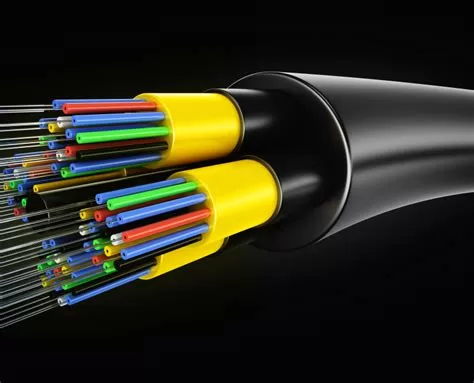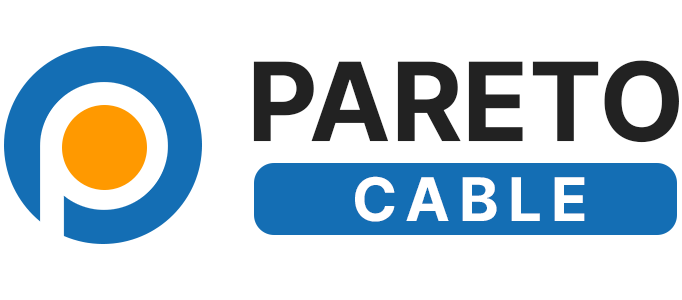Revolutionizing Data Transmission for the Digital Age

Introduction
In today’s fast-paced digital world, the need for high-speed internet and reliable data transmission is more crucial than ever. Optical Fiber Cable (OFC) has quickly become the backbone of modern communication systems. It delivers unmatched performance with high bandwidth and low latency, making it a key technology for the digital age. By using light to transmit information, OFC is replacing traditional copper wires, enabling faster and more reliable connectivity worldwide.
How It Works
At the heart of optical fiber technology is the use of light to transmit data. Unlike copper cables, which use electrical signals, OFC uses glass or plastic fibers as the core material. These fibers allow light to travel with minimal loss. The design also includes cladding, a layer that surrounds the core. This cladding reflects the light back into the fiber using a principle called total internal reflection. This unique design allows the light signals to travel long distances without significant weakening, making OFC perfect for high-speed communication.
Benefits of Optical Fiber Cable
OFC offers several important advantages over traditional copper cables:
- Speed and Bandwidth: With data traveling at the speed of light, optical fiber offers extremely fast transmission rates. This makes it ideal for applications that require large amounts of data, such as streaming, cloud computing, and online gaming.
- Long-Distance Transmission: Unlike copper cables, OFC maintains its signal quality over long distances, allowing data to travel much farther without the need for repeaters or boosters.
- Reduced Interference: Optical fibers are not affected by electromagnetic interference (EMI), which makes them more reliable in environments with heavy electrical noise, such as industrial sites or military applications.
- Security: OFC is harder to tap into than copper cables, making it a more secure option for transmitting sensitive data.
Applications of Optical Fiber Cable
OFC is now essential in many industries:
- Telecommunications: OFC forms the backbone of global internet infrastructure, enabling high-speed internet, voice, and data services.
- Data Centers: As demand for cloud storage and real-time data processing grows, OFC connects servers in data centers, reducing latency and supporting fast data exchange.
- Fiber-to-the-Home (FTTH): Optical fiber is being laid directly to homes, providing consumers with faster internet speeds, HD video streaming, and seamless online experiences.
- Medical and Military: In medical imaging and military communications, where precision and reliability are essential, OFC’s speed and security are vital.
Future Outlook
As technologies like 5G, smart cities, and the Internet of Things (IoT) grow, the demand for high-speed data will continue to rise. Optical fiber will play an even bigger role in the future. Innovations like multi-mode fibers, dense wavelength division multiplexing (DWDM), and next-generation fiber networks will further improve speed and efficiency. These advancements will support the global push toward digitalization, making OFC more important than ever for secure, fast, and reliable connectivity.
Conclusion
Optical Fiber Cable (OFC) has transformed data transmission, offering faster speeds, greater capacity, and better reliability than traditional copper cables. As digital technologies evolve, OFC will continue to be at the forefront, helping to meet the growing need for fast, secure, and efficient communication worldwide.
